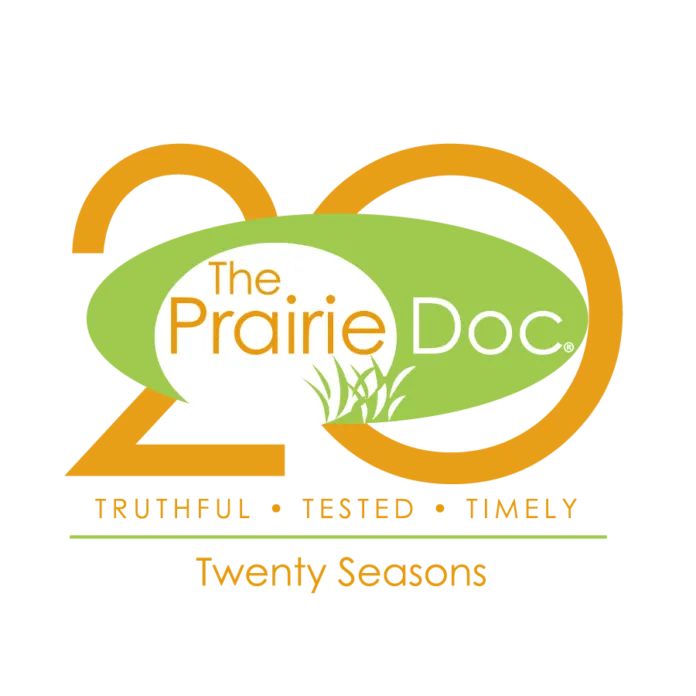With the rapid rise in internet use among children, the dangers of online exploitation have grown alarmingly. Children’s access to the internet has become nearly ubiquitous, especially following the COVID-19 pandemic. Remote learning, online gaming, and social media are now integral to daily life, meaning more children, even preschool-age children, are regularly online, often unsupervised and unprotected. This new reality demands that we consider not only physical safety for our children, but also the dangers they are facing online.
The Scope of the Issue
In 2022, the National Center for Missing & Exploited Children received almost 32 million reports of suspected child sexual abuse materials (CSAM), representing 88.3 million files. In 2023, more than 100 million such files were reported. There has also been an increase in “self-generated” content (children taking pictures of themselves and sharing it with others online), involving children as young as seven, shows how manipulation and grooming by online predators are impacting younger children.
Another concern is how easily children can access harmful content—often unintentionally. One study found that 15% of children encounter pornographic material before age 10, often due to algorithms or suggested content. This early exposure to harmful content can initiate a cycle of curiosity and risky behavior online. Over time, children can become desensitized and seek more extreme material, a phenomenon known as “content escalation.” This can distort their understanding of healthy relationships and boundaries which could lead to long-term psychological and social risks that complicate their ability to form safe, meaningful connections.
Understanding Risk Factors
Every time a child accesses the internet, they face potential risks. Children with low self-esteem, developmental challenges, or mental health struggles are particularly vulnerable to manipulation. Sensation-seeking behaviors and inadequate supervision heighten this risk, as children venture into digital spaces that leave them exposed to harm.
How Technology Compounds the Problem
Artificial intelligence (AI) and social media are significant drivers of online exploitation. AI enables the creation of “deep fakes,” complicating victim identification and creating new avenues for child exploitation. Meanwhile, social media algorithms frequently push harmful content to young users, and data privacy concerns remain largely unaddressed. Platforms designed for engagement can lead to addictive behaviors, making children even more vulnerable.
The Path Forward: What We Can Do
We have a shared responsibility to protect children. Here are essential steps we can take:
1. Legislative Advocacy: State and federal laws should require parental consent and enforce stricter age restrictions on content. Contacting legislators and advocating for child-centered online safety laws is vital.
2. Community Education: Parents, professionals, and policymakers must recognize the gravity of online risks. Education on privacy settings, content controls, and open dialogue with children can empower families to create safer online spaces.
3. Utilize Available Resources: Many organizations provide resources and reporting mechanisms. Platforms like the South Dakota Center for the Prevention of Child Maltreatment offer information on preventing online child abuse.
Protecting our children requires proactive steps from every part of our community. By remaining vigilant and informed, we can build a safer online environment and help our children navigate the digital world with resilience and security. For more information on protecting children from online harms, visit the South Dakota Center for the Prevention of Child Maltreatment’s website. Together, we can make a difference.
Christina Young has been an influential figure in the child welfare field for over a decade, dedicating her career to the well-being of children and families. She directed an in-home family services program covering 30 western counties in Iowa, demonstrating her commitment to community-based support. Christina has also served with a Single-Family Office and as COO of a mid-sized, midwestern law firm. Christina has a bachelor’s degree in psychology and a master’s in human services administration. Follow The Prairie Doc® at www.prairiedoc.org, Facebook, Instagram, Youtube and Threads. Prairie Doc Programming includes On Call with the Prairie Doc®, a medical Q&A show (most Thursdays at 7pm on streaming on Facebook), 2 podcasts, and a Radio program (on SDPB), providing health information based on science, built on trust.



